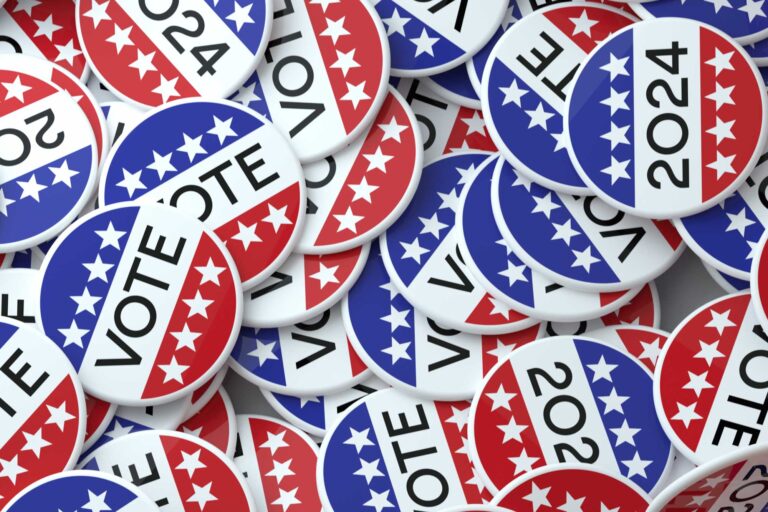May 2024
U.S. Political Update
Region: US
Author: Karen A. Tramontano
Although the details have not been worked out, President Biden and former President Trump have agreed to have two debates this year—one in June and one in September. Beyond this, there is a lot more political noise to discuss.
Although the details have not been worked out, President Biden and former President Trump have agreed to have two debates this year—one in June and one in September. Beyond this, there is a lot more political noise to discuss. Former President Trump is on trial for allegedly hiding payments to a porn star so that her story would not negatively impact his election. The trial is likely to continue for at least another week. President Trump is under a “gag order,” meaning he cannot verbally (or otherwise) attack witnesses, the judge, or the judge’s family.
Not only is this trial unprecedented—because no other former president of the United States has ever been on trial, but also because most defendants in the U.S. are not issued “gag orders” by the Court—most defendants are not verbally attacking witnesses or the Court. Former President Trump has not been able to campaign because he is required to remain in the courtroom every day.
The Republican National Committee has new leadership, including former President Trump’s daughter-in-law. Many staff have been dismissed, field offices in states have been closed, and funds have been diverted to pay for former President Trump’s legal bills. The Republican Party is spending more money than the Democratic Party and is not raising funds as quickly.
Concurrently, President Biden is campaigning and touting his infrastructure accomplishments and new green energy investments. At the same time, the public is feeling the pressures of inflation and higher prices and there is some concern that the President’s focus on investments is not connecting with voters. There may be message readjustments in the future, but for now, the message is infrastructure 24/7.
Finally, as a reminder, while the U.S. speaks about “national elections,” the election for the President of the United States—because of the Electoral College—is actually a state-by-state election administered by the secretary of each state. National polling shows the race between Trump and Biden is tightening, but polling in individual key states is what is important to watch.
There are seven key states to watch: Michigan, Pennsylvania, Wisconsin, Arizona, Nevada, Georgia, and North Carolina. How these seven states allocate their Electoral College votes will be determined by the voters, but the elections in these states are currently too close to call. The other 43 states are expected to cast their Electoral College votes for either Trump or Biden.
Last week, polling in Michigan, Wisconsin, and Pennsylvania showed President Biden ahead of former President Trump. This week, polling by The New York Times showed President Trump ahead of President Biden in several of the key states.
Who is being polled—likely voters or registered voters? How is the poll weighted according to political party—is the pollster giving more weight to Republicans, Democrats, or Independents? Do the demographics of the poll reflect voter turnout among voting groups—young, old, White, African American, Hispanic, Asian, etc. What is the sample size? 600? 1200? 2500? The larger the sample size the more accurate the results. And, most importantly, and especially at this early stage, is that polls are not predictive of outcome. That said, headlines matter and when The New York Times headline states that Trump leads in all battleground states, that headline drives the news. It is therefore important to look beyond the headlines to see what voters are really saying about the issues and the candidates.
Stay tuned as we continue to provide updates on the 2024 U.S. presidential race.
